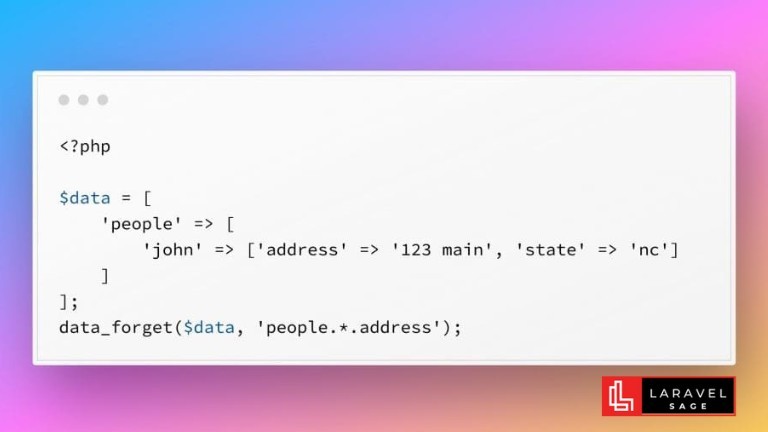
data_forget Helper for Laravel
Since Laravel version 10.15, there is a new utility function called data_forget that allows you to remove keys from an array or object using a "dot" notation.
3 min read
Tags:
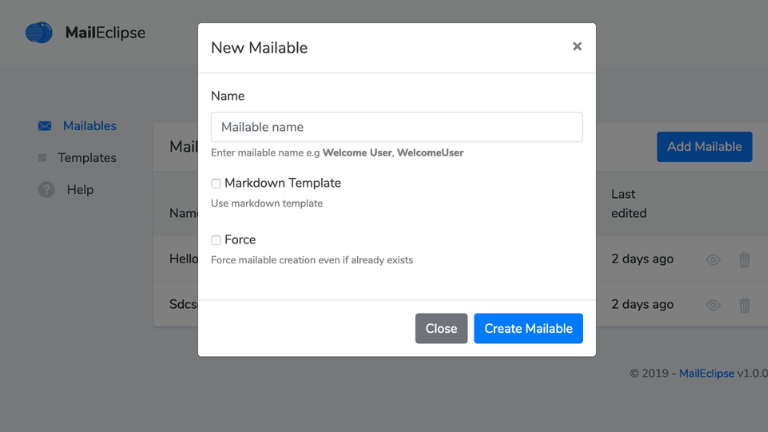
Emails play a vital role in modern web applications, serving various purposes such as user notifications, password resets, and marketing campaigns. With Laravel, a popular PHP framework, sending emails is made easier through its built-in Mail feature. However, efficiently managing email templates and designs can be overwhelming. Thankfully, Laravel MailEclipse comes to the rescue by providing responsive email. In this article, we will discuss the advantages of using Laravel MailEclipse and provide a step-by-step guide on installing and configuring it in your Laravel project.
It enhances the email generation process within Laravel applications. Here are some of its key benefits:
Easy Email Templating: Laravel MailEclipse simplifies email template management by providing a user-friendly visual editor. You can create and edit email templates without needing to write HTML code manually.
Design Customization: Drag-and-drop editor allows you to easily add images, text, buttons, and more to your responsive email templates.
Testing and previewing: You can preview your email templates in real-time before sending them out to users. Additionally, you can send test emails to check the design and content using mail drivers.
Localization: Manage multiple language versions of your email templates to ensure a consistent user experience.
Version Control: With built-in version control, you can keep track of changes to your email templates. If needed, you can revert to previous versions.
Laravel Integration: It seamlessly integrates with Laravel's email system, allowing you to use all of Laravel's email features while also taking advantage of template management features.
Having understood the advantages of Laravel MailEclipse, let's learn how to install and configure it.
Step 1: Install MailEclipse
composer require qoraiche/laravel-mail-editorStep 2: Publish Configuration
Publish the configuration files using the following command:
php artisan vendor:publish --tag=mailEclipse-configYour Laravel project's config directory will now contain a mailEclipse.php configuration file.
Step 3: Set Up Database
Laravel MailEclipse stores email templates and their versions in a database. Run the migration to create the necessary database tables with artisan command.
php artisan migrateStep 4: Access the MailEclipse Dashboard
To start using Laravel MailEclipse, you'll need to access the MailEclipse dashboard. Add the following route to your routes/web.php file:
Route::mailEclipse('/mail-eclipse');Step 5: Create and Customize Email Templates
Inside the MailEclipse dashboard, you can create and customize email templates using the visual editor. You can also manage versions and preview how the emails will appear to recipients.
Step 6: Integrate with Your Laravel Code
To use the email templates in your Laravel code, you can reference them by their template name in the markdown method when sending emails. For example:
Mail::to($user)->send(new WelcomeEmail);Conclusion
Laravel MailEclipse simplifies email template management and design in your Laravel applications using mailable laravel. It can streamline your email workflow significantly with its intuitive interface, customization options, and seamless integration with Laravel's email system. You can create beautiful and effective email templates for your Laravel project today by following the steps outlined in this guide.
Complete Documentation can be found on the Official website.

Full-stack developer with a knack for Merging creativity with technical expertise for standout solutions.

Since Laravel version 10.15, there is a new utility function called data_forget that allows you to remove keys from an array or object using a "dot" notation.
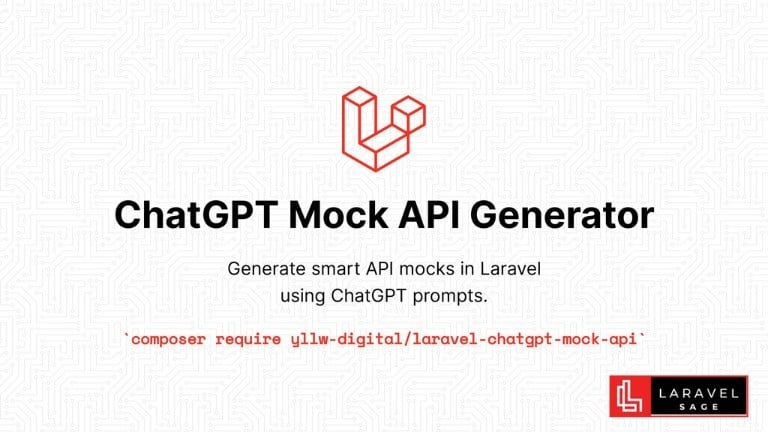
The ChatGPT Laravel API Package Generator package for Laravel generates smart API mocks in Laravel using ChatGPT prompts:
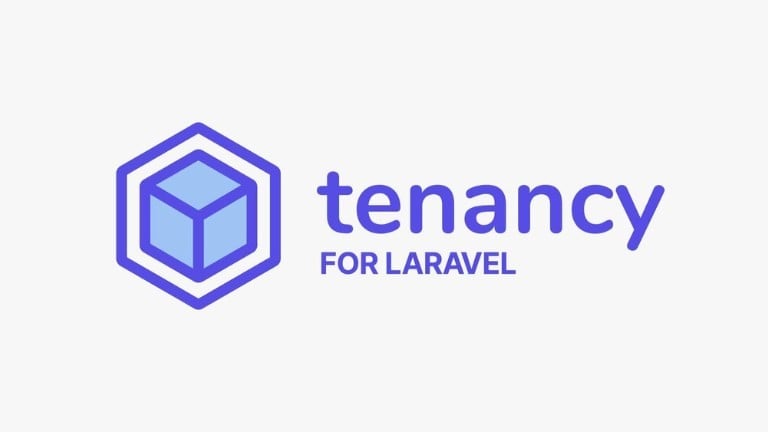
You can make your Laravel app multi-tenant using the Tenancy for Laravel Tenant package. This tenancy package lets you make any Laravel application multi-tenant without rewriting it.
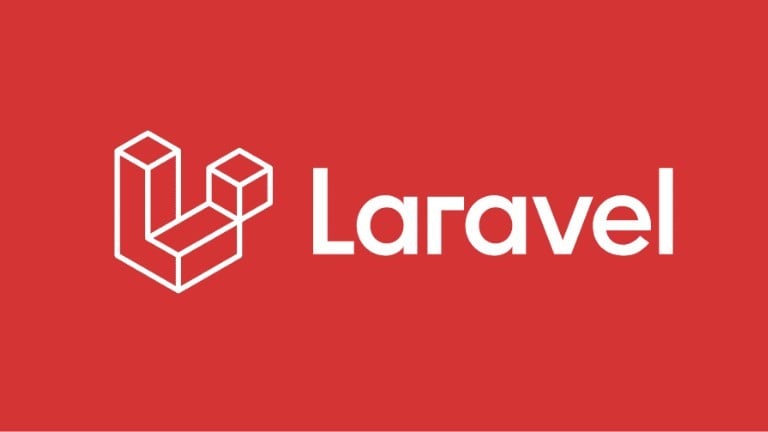
Are you ready to take your Laravel skills to the next level and build extraordinary applications? Look no further! In this blog post, we will unveil a treasure trove of top packages that will revolutionize your development process.
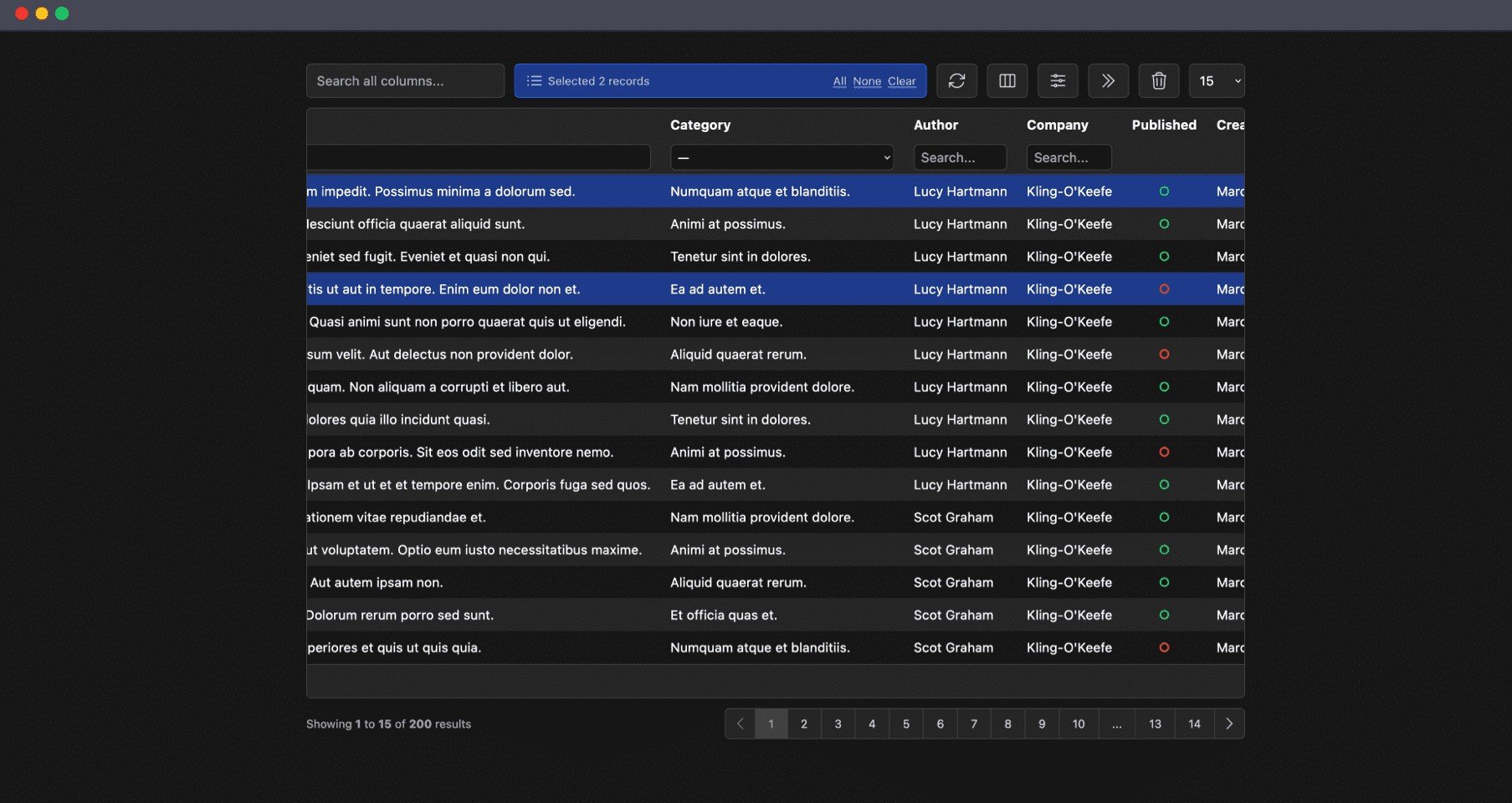
The Livewire Tables package brings dynamic tables for models to Laravel Livewire. These are some of the features which you will get out of the box:
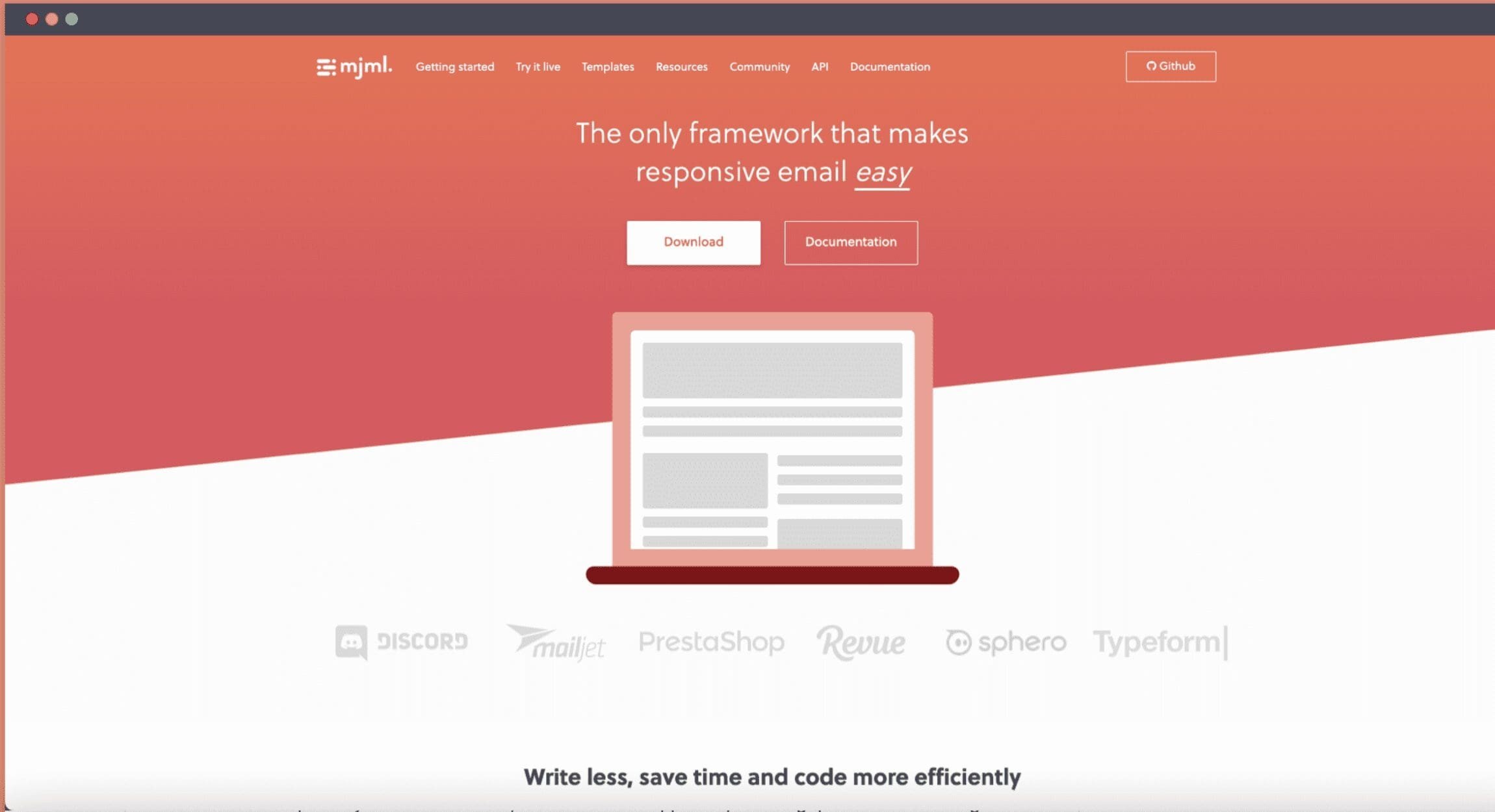
The MJML PHP package by Spatie can help you create email templates more easily. But there is a catch. It can be difficult to craft visually appealing and functional email templates that work across a variety of email clients.
Subscribe for 20+ new Laravel tutorials every week
You can unsubscribe at any time. You'll also get -20% off my courses!